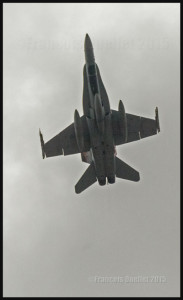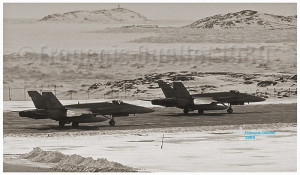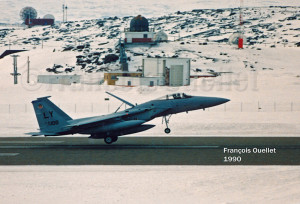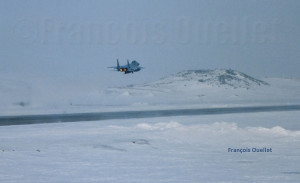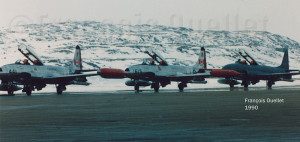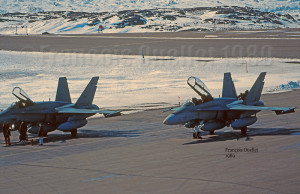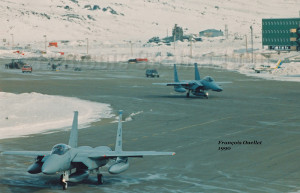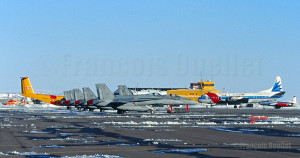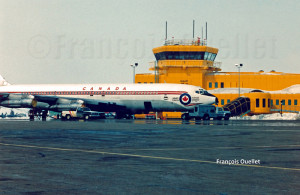During the September 11th 2001 crisis, the Canadian sky belonged, for a short period, to the military. The latter had taken the decision that every aircraft that had not taken-off yet had to stay on the ground, and those which were airborne had to expedite the landing.
There were a few exceptions for medical evacuations, but those flights were tightly monitored. All air traffic services units communicated with aircrafts in flight and agencies on the ground to advise them of the new rules now in place.
Generally speaking, regardless of the initial surprise, all pilots with whom the Transport Canada flight service specialists (FSS) in Quebec City had talked, through their multiple frequencies, offered no resistance.
But I remember the case of a pilot flying a twin-engine aircraft over the Laurentides region to whom the order of landing as soon as possible had been given. He refused to obey since it was out of the question for him to lose money on already booked charter flights, especially on a beautiful day.
The flight service specialists could understand his frustration. Nonetheless, it was not a good time to debate. It was, for all air traffic services units involved, a particularly busy day and nobody had extra time to argue at length about a request.
The message was repeated one more time. In view of his refusal to obey, NORAD (North American Aerospace Defense Command) was contacted. The reply came back quickly and the pilot was given two choices: either he landed or an CF-18 fighter jet would be launched to take care of the situation.
No need to add anything else. The pilot complied immediately.
For more real life stories about being a FSS in Quebec City, click on the following link: Flight service specialist (FSS) in Quebec City
